Positive economic trends kick poverty to the curb
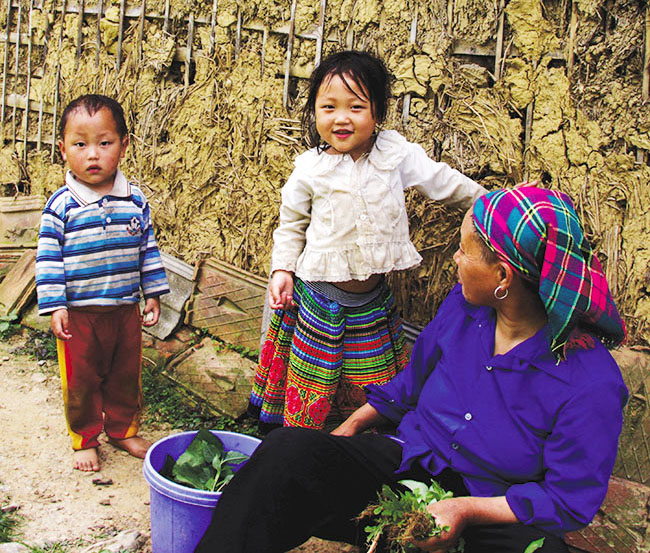
The poverty rate will continue to fall in Vietnam as the country is expected to
experience further economic growth
The World Bank (WB) in Vietnam has reported that the poverty rate in Vietnam is expected to decline continually over the next few years. Extreme poverty ($1.9 per day under the purchasing power parity) is expected to decrease from 2.8 per cent in 2012 to only 1 per cent in 2017. Meanwhile, the percentage of the population living below $3.1 per day would fall from 12.3 per cent in 2012 to 6.7 per cent in 2017.
“The strengthening recovery combined with stable economic conditions is expected to help sustain positive poverty trends,” said a WB report on Vietnam’s macro-economic situation released last week.
Vietnam’s economy grew 6.81 per cent in this year’s third quarter, up from 6.15 per cent in the second quarter and 6.03 per cent in the first quarter. The nine-month growth rate was 6.5 per cent. It is expected that the economy will grow more than 6.5 per cent this year, according to the Ministry of Planning and Investment.
“With ongoing positive growth trends, poverty has continued to decline,” said the report.
Preliminary analysis of new data from the 2014 Vietnam Household Living Standards Survey confirms that poverty in the country is dropping, and extreme poverty using the new $1.9-per-day poverty line under the 2011 purchasing power parity has dropped to below 3 per cent.
According to Vietnam’s “15 Years Achieving the Millennium Development Goals in Vietnam” country report released late last month, the incidence of poverty has also demonstrated consistent reductions. Specifically, from 1993 to 2008, expenditure-based poverty fell from 58.1 per cent to 14.5 per cent, lifting about 43 million people , or 45 per cent of Vietnam’s population, out of poverty. In the next period, the poverty rate declined from 14.2 per cent in 2010 to 8.4 per cent in 2014, under the national poverty line for the 2011-2015 period.
However, according to the WB, there are concerns that poverty is increasingly affecting members of ethnic minority groups. Ethic minorities now make up more than half of the country’s poor, and progress on ethnic minority poverty reduction has declined.
The WB also underscored some challenges affecting Vietnam’s poverty reduction efforts. For example, the country’s slower agricultural growth may dampen rural income growth and widen the rural-urban income gap. It is also expected that ethnic minorities will account for a growing share of the poor.
The Ministry of Agriculture and Rural Development (MARD) reported that the agricultural sector grew only 2.1 per cent in this year’s first nine months, lower than the growth rate recorded in the same periods of the previous years, with 2014 (3.47 per cent), 2013 (2.71 per cent) and 2012 (3.5 per cent).
Additionally, slumps in export prices of rice and other agricultural products will likely have negative impact on rural consumption and income, according to the World Bank report.
Under the MARD’s statistics, Vietnam’s agro-forestry-aquatic export turnover in the first nine months of this year was estimated to hit $21.65 billion, down 5 per cent on year. Of which, the turnover of key export items was estimated to be $10.29 billion, down 7.2 per cent on year. For example, turnover has plummeted for coffee (32.2 per cent), rubber (13.7 per cent) and rice (15.7 per cent).
The export value of aquatic products was forecast to be $4.69 billion, down 17.8 per cent, with the US witnessing the biggest price slash of over 30 per cent.
What the stars mean:
★ Poor ★ ★ Promising ★★★ Good ★★★★ Very good ★★★★★ Exceptional
Latest News
More News
- PM urges investigation into deadly café arson case in Hanoi (December 19, 2024 | 15:57)
- Criminal proceedings start on Hanoi café fire that kills 11 (December 19, 2024 | 15:53)
- Hanoi plans to build nearly 600km of urban railway by 2045 (December 13, 2024 | 11:31)
- Foreign sailor brought ashore for emergency medical treatment (December 13, 2024 | 11:21)
- HCM City needs over 40 billion USD for seven railway lines by 2035 (December 13, 2024 | 11:18)
- Ten needy households in Can Tho receive housing support (December 13, 2024 | 11:12)
- Requirements for foreign drivers, vehicles operating in Vietnam (December 13, 2024 | 11:03)
- Hanoi pushes To Lich river cleanup and urban wastewater overhaul (December 10, 2024 | 14:55)
- Green and smart transition to address urban challenges (December 10, 2024 | 11:47)
- Hanoi boosts night offerings but still trails rivals (December 10, 2024 | 11:33)



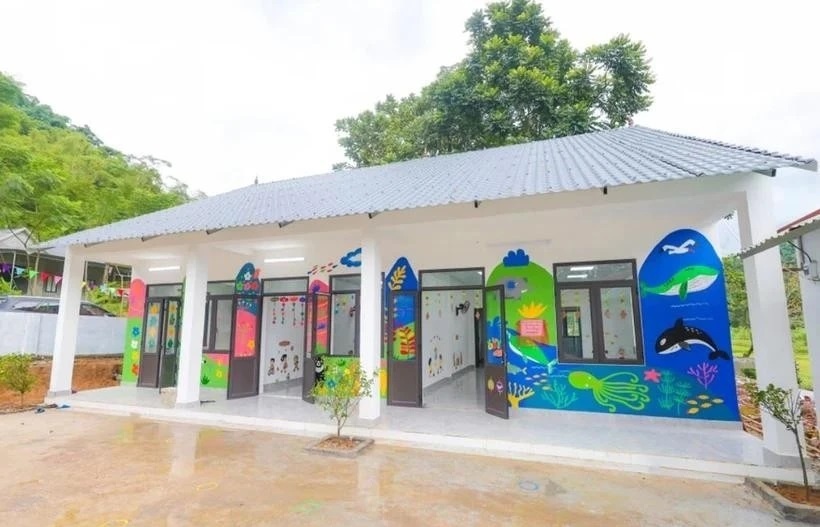
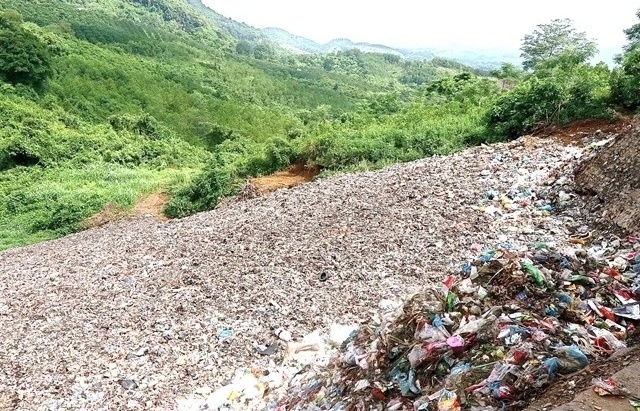


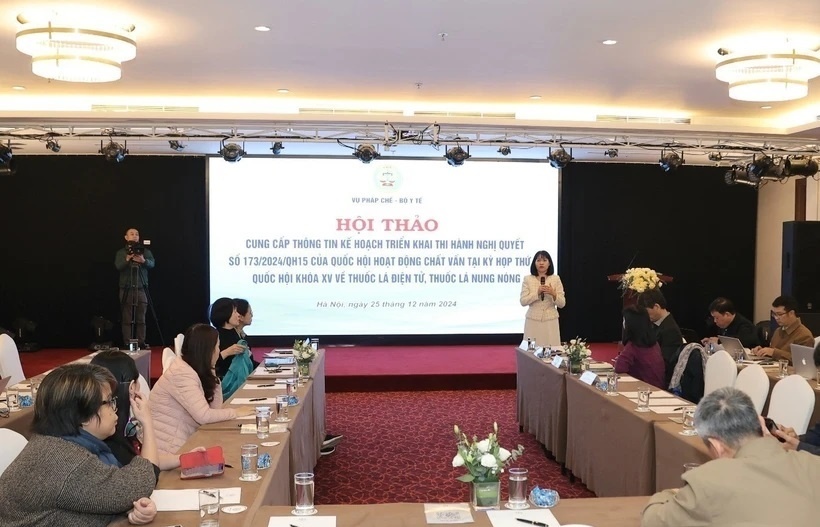
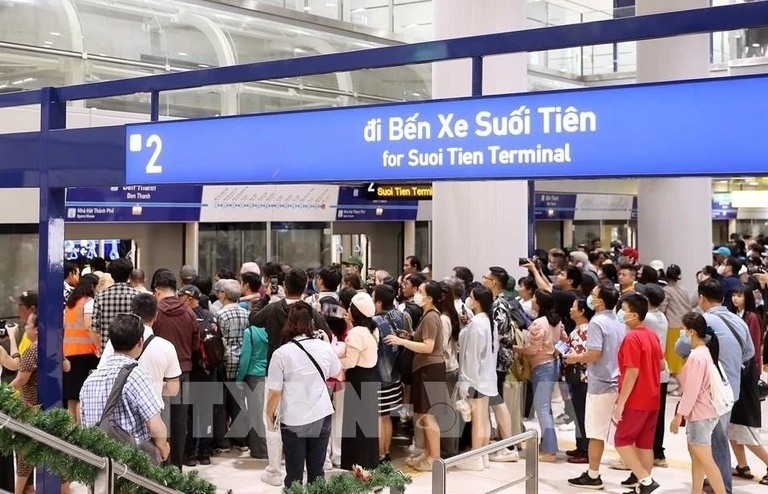


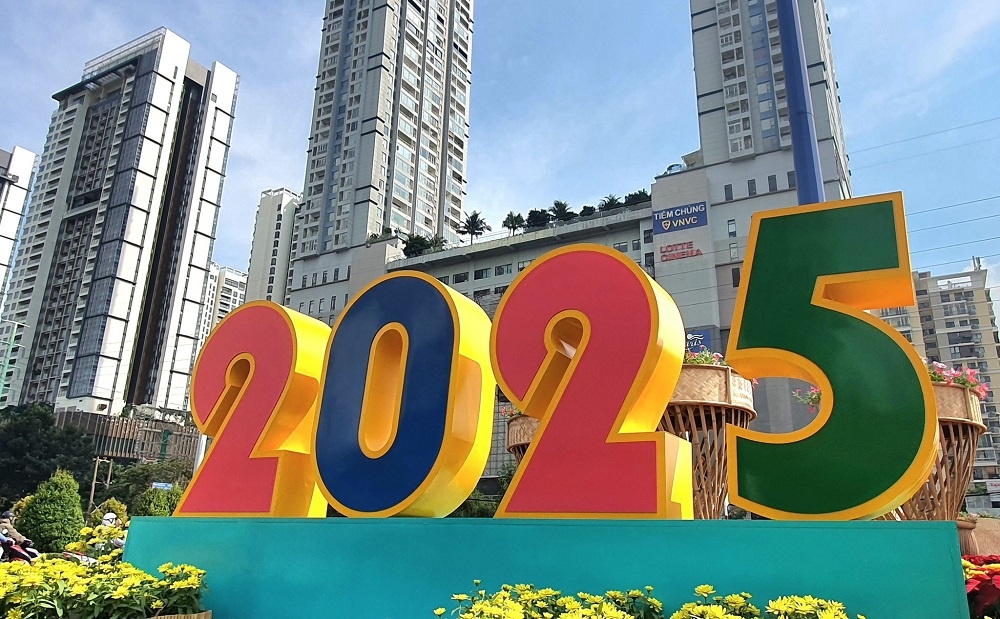






 Mobile Version
Mobile Version